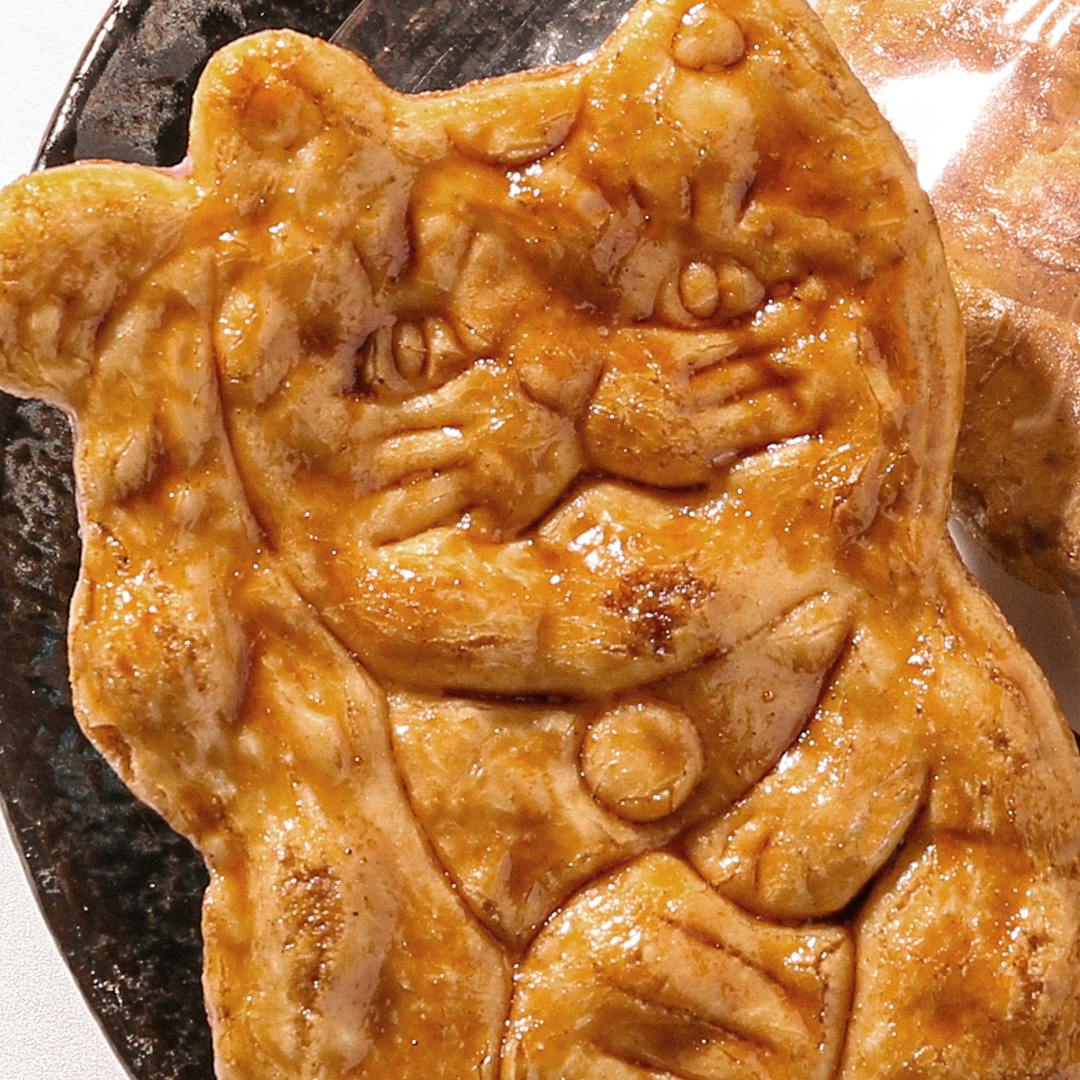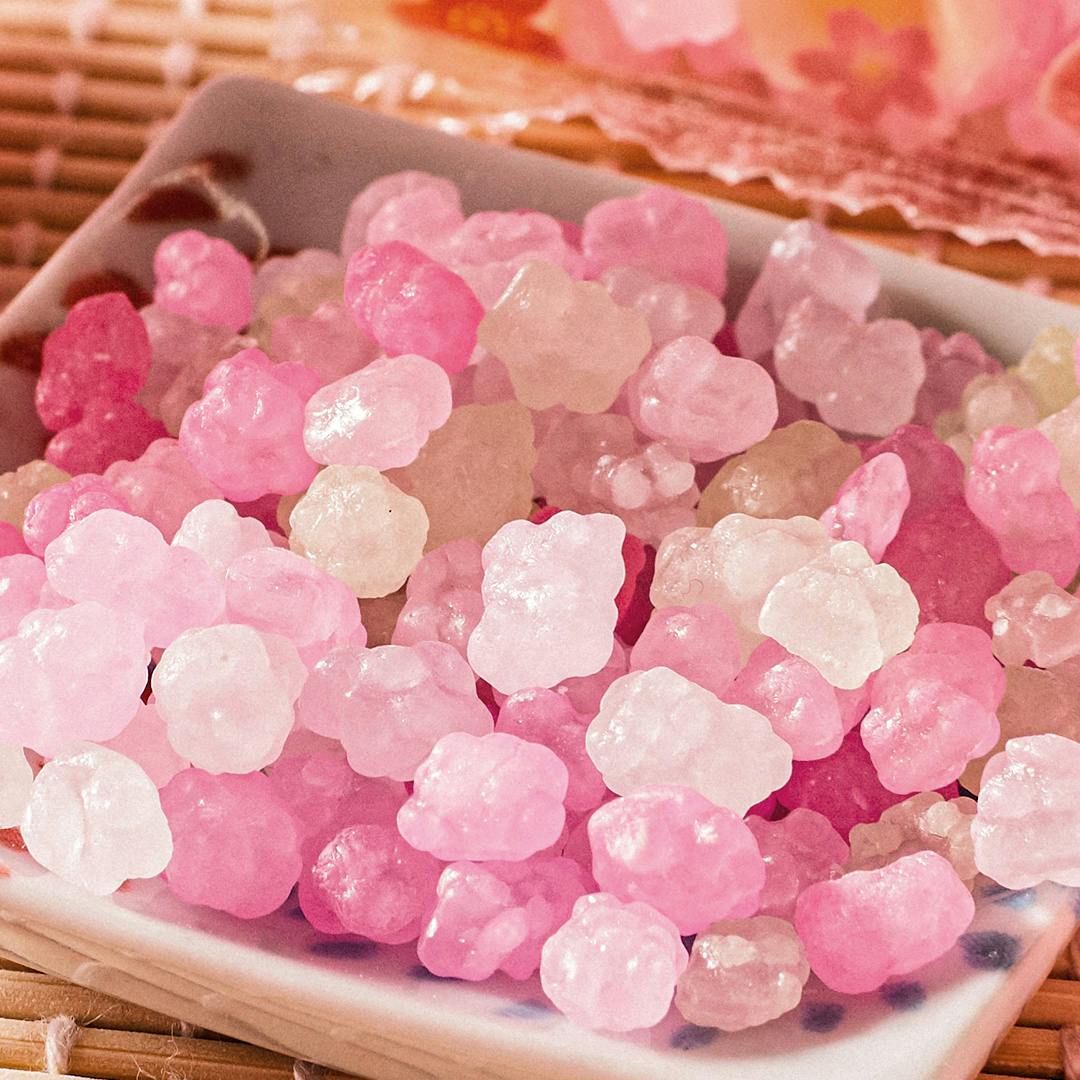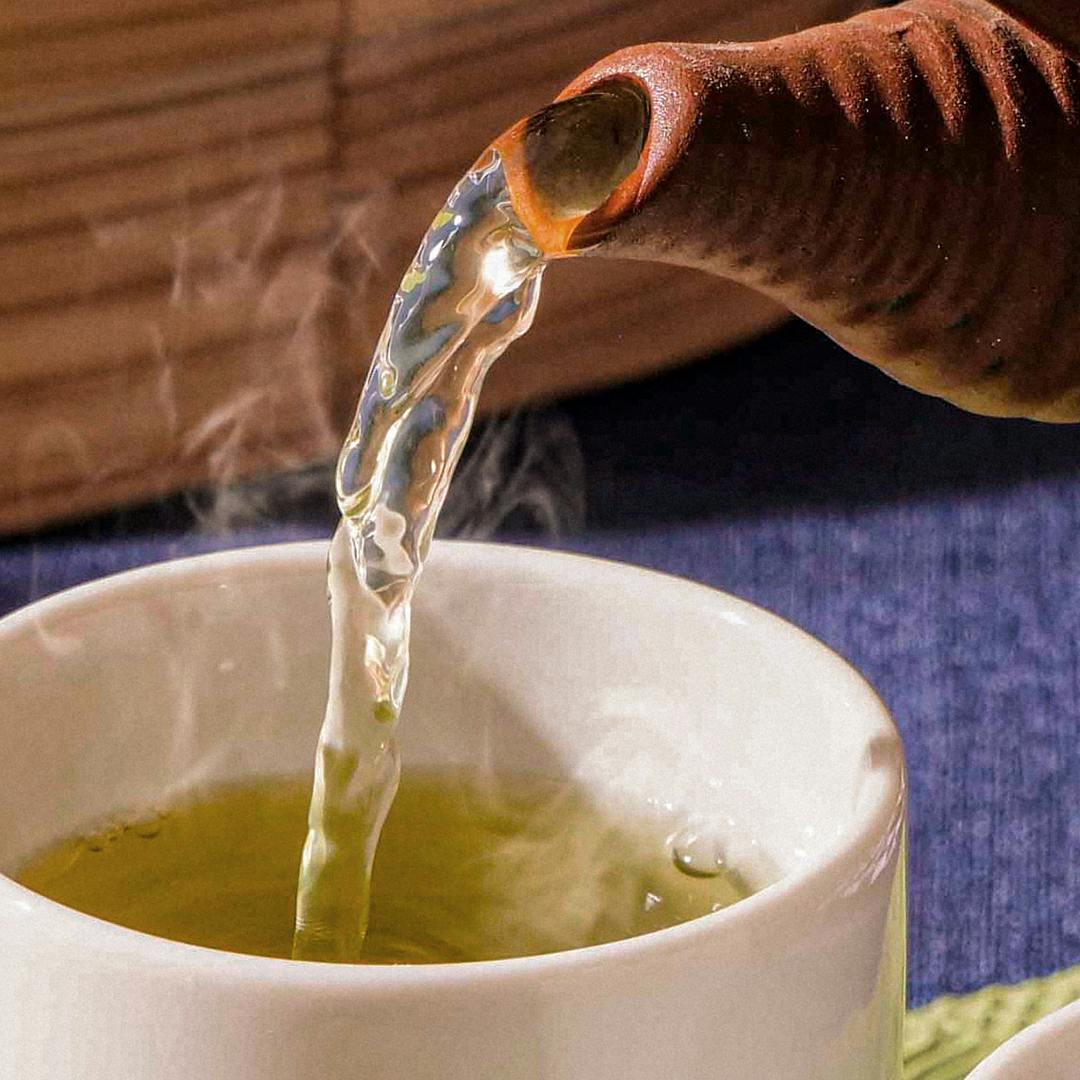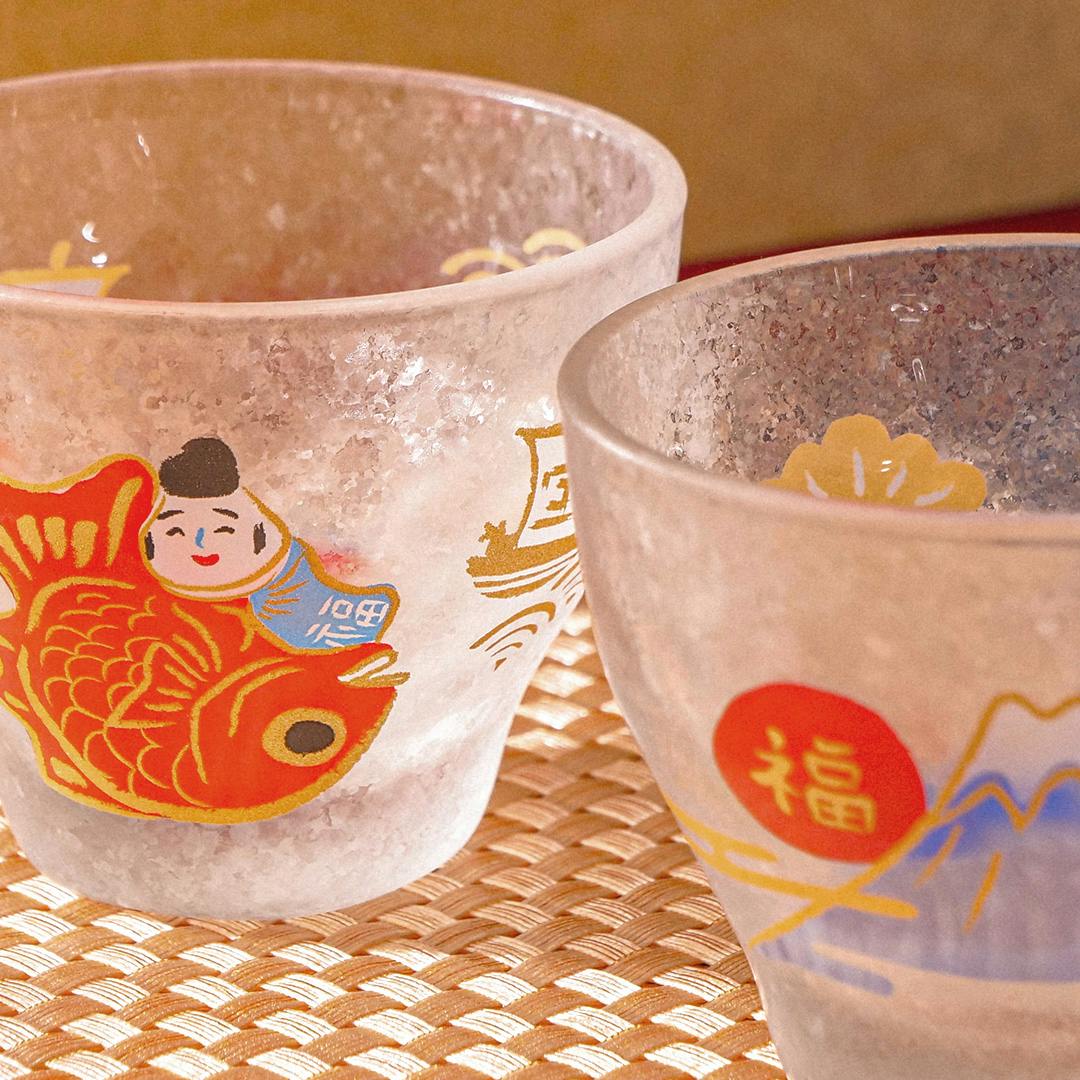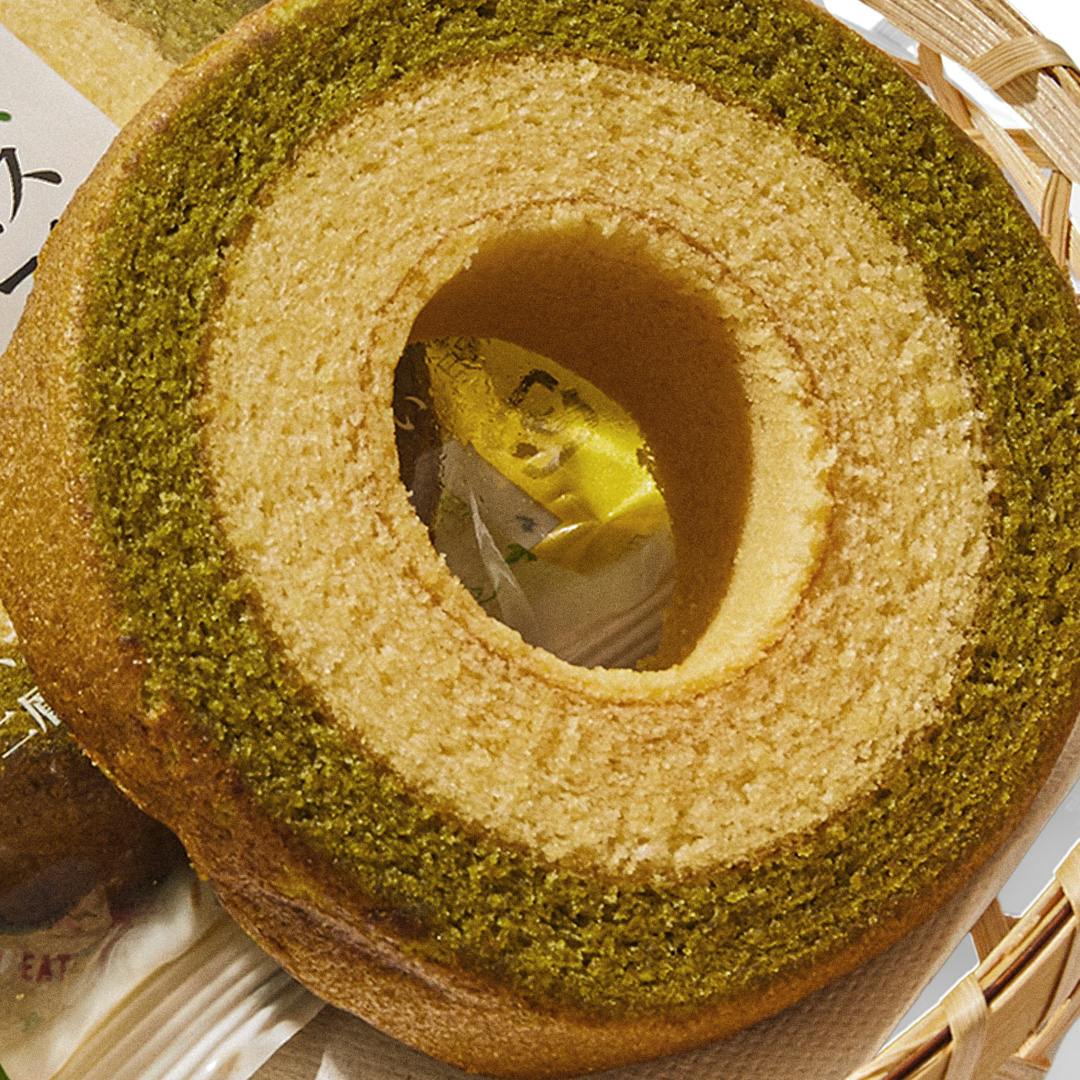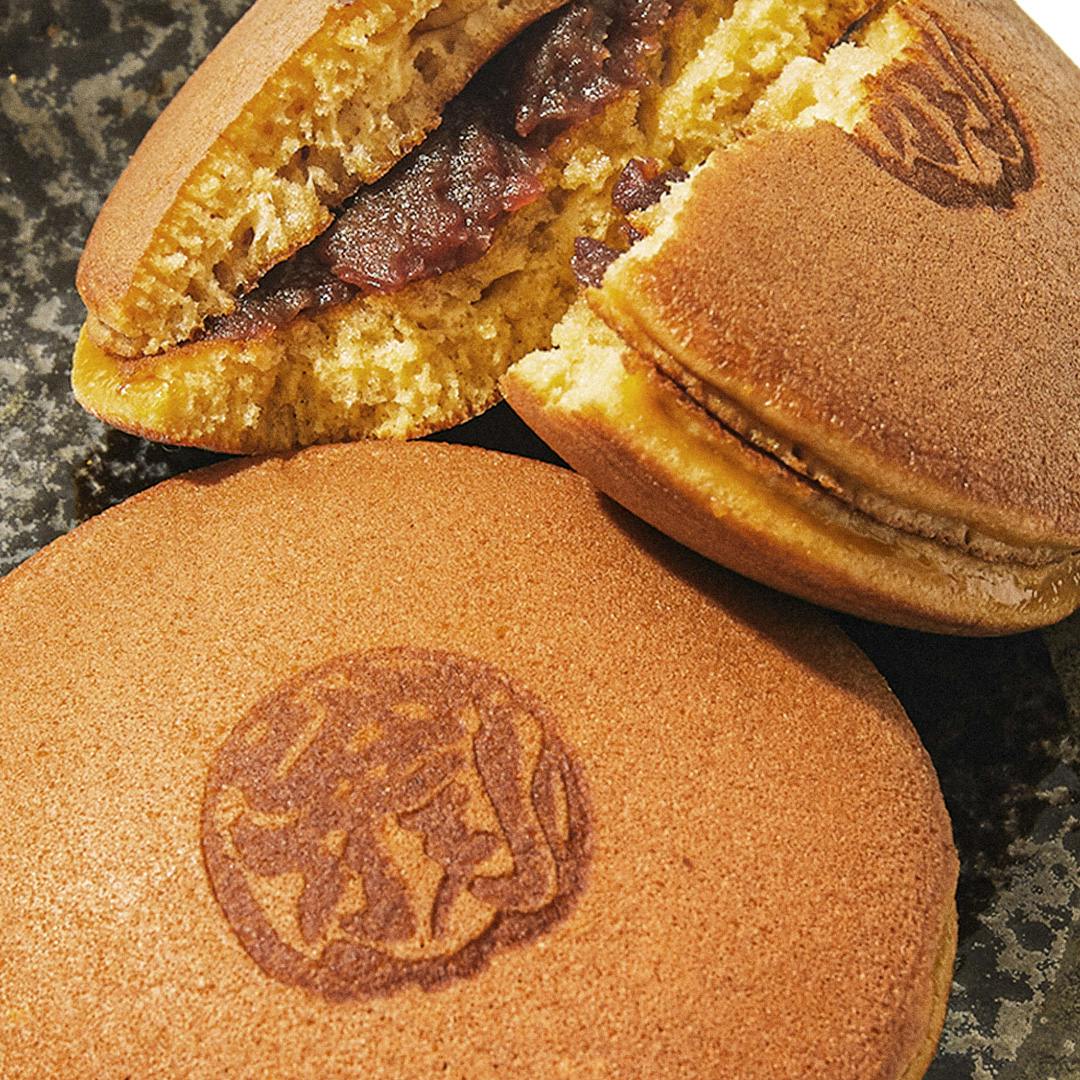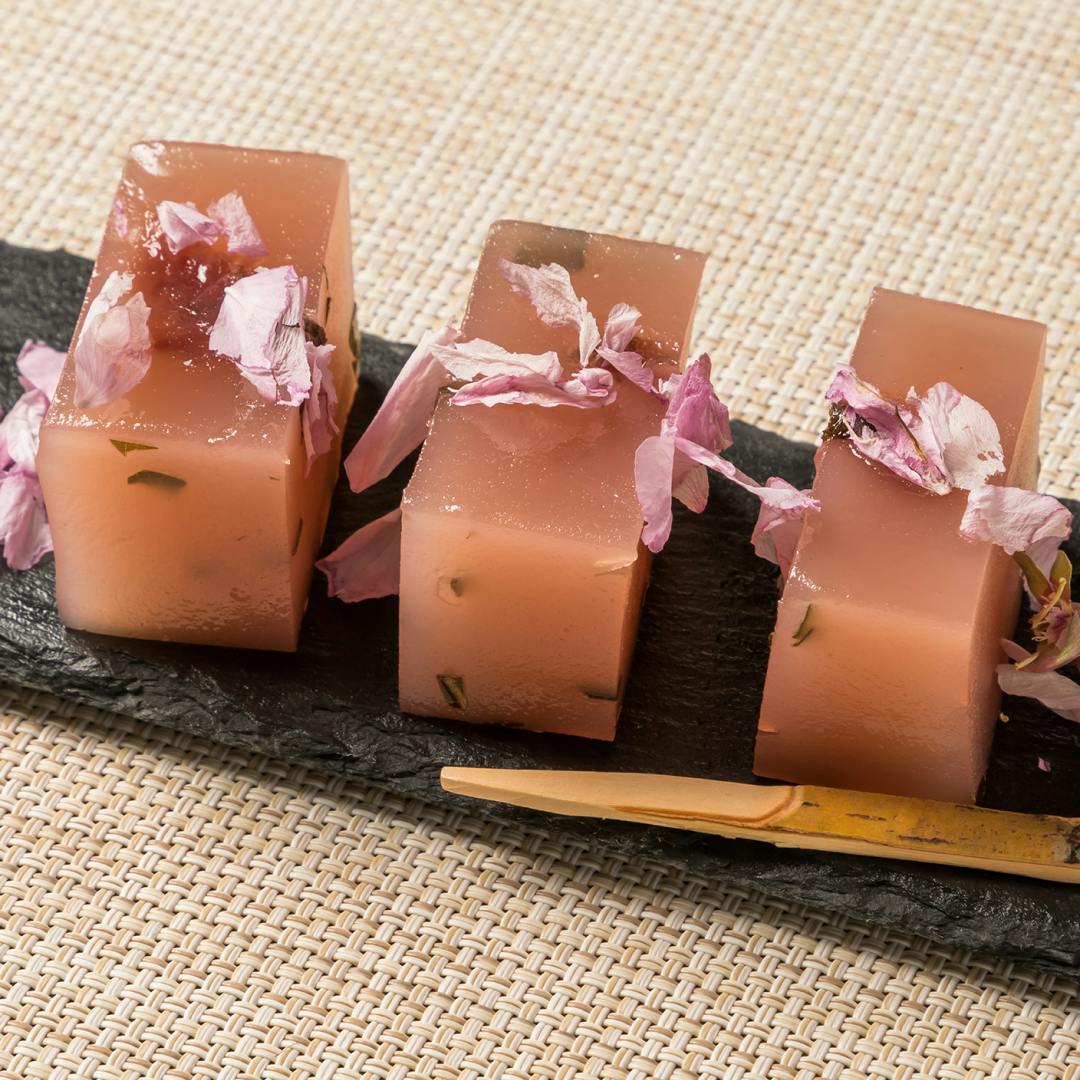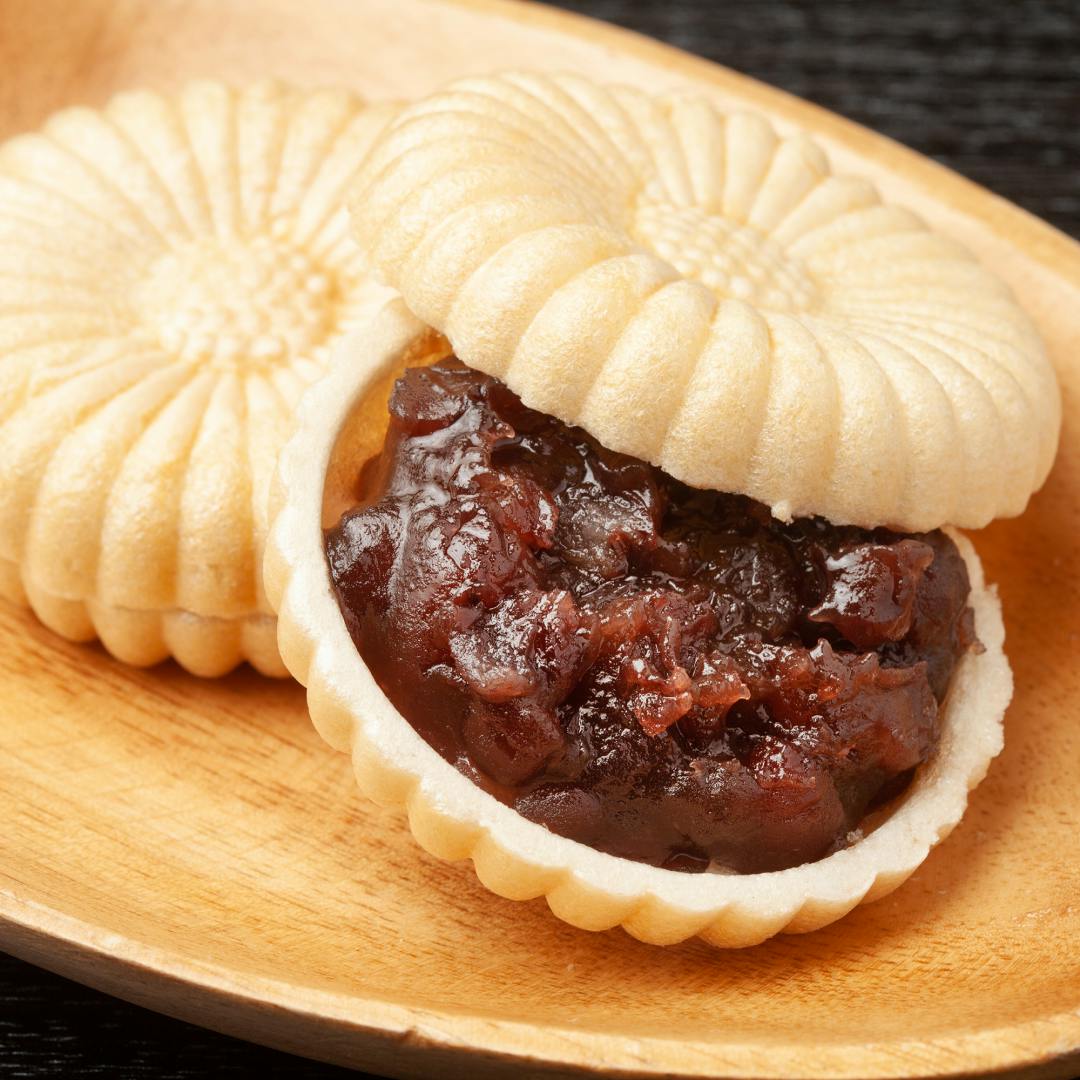Our Snacks
/Mochi
 Other
Other 
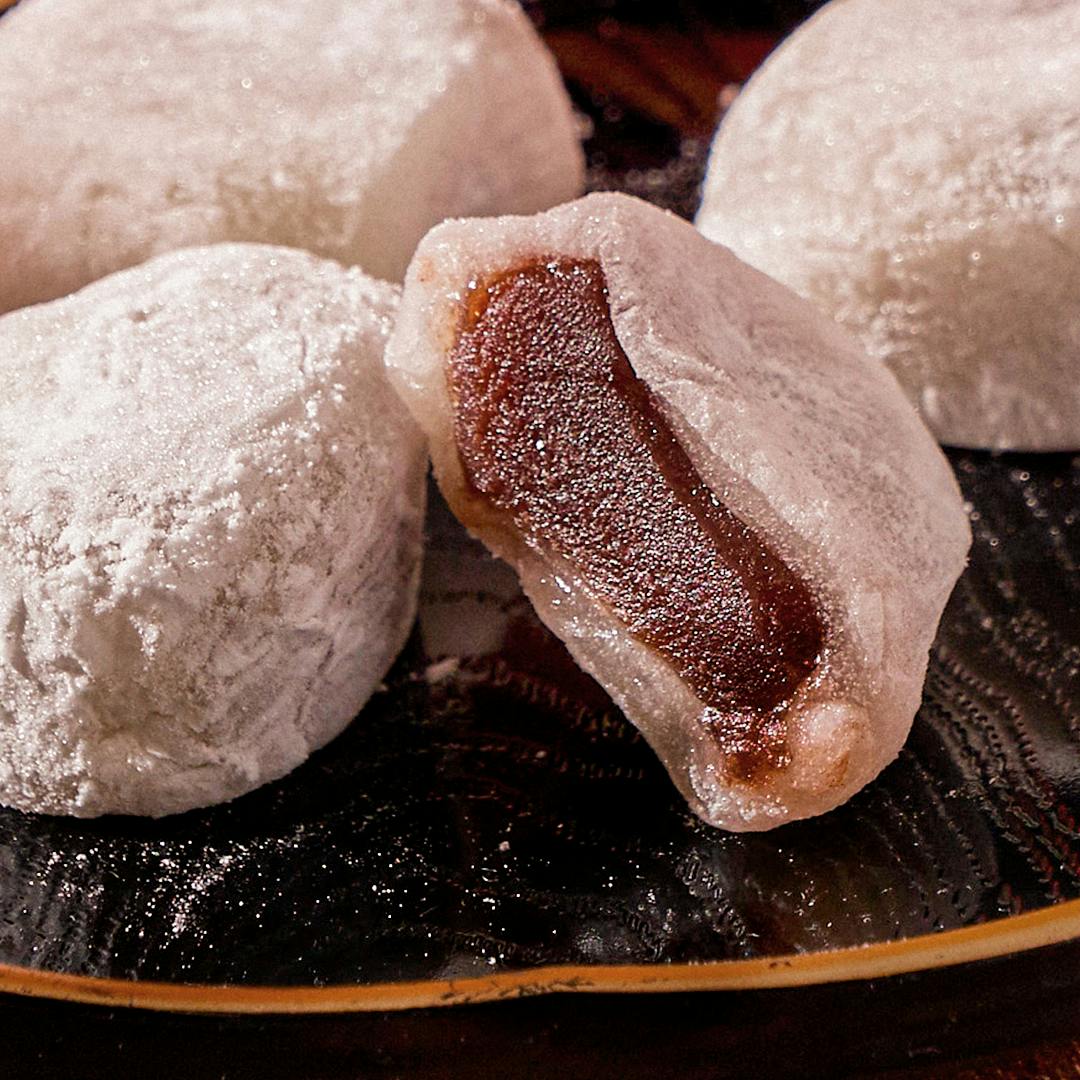
INSIDE YOUR SAKURACO BOX
Mochi
Mochi is one of the most iconic Japanese candy. But what is it, exactly? Well, it’s a chewy rice cake. To make mochi, artisans steam sticky rice and then pound it until it’s smooth and malleable enough to make into all kinds of shapes. It comes in various sweet and savory flavors, including unique, seasonal ones like sakura (cherry blossoms).
A popular type of mochi is daifuku (大福). It usually comes with sweet fillings like adzuki red bean and strawberry. Because daifuku mochi is so popular, people serve it with many kinds of desserts, including fruit and ice cream.

TRIVIA
According to folklore, what animal makes mochi on the moon?
Mochi you may find in Sakuraco
Mochi
Mochi is a Japanese dumpling made from glutinous rice. It’s made by steaming and pounding rice grains into a stretchy paste before molding them into desired shapes. Mochi is often used as an umbrella term for different rice cakes, but at its core, mochi is pounded rice with a subtle flavor. Mochi serves as a perfect base for traditional fillings and a diverse array of regional and seasonal flavors.
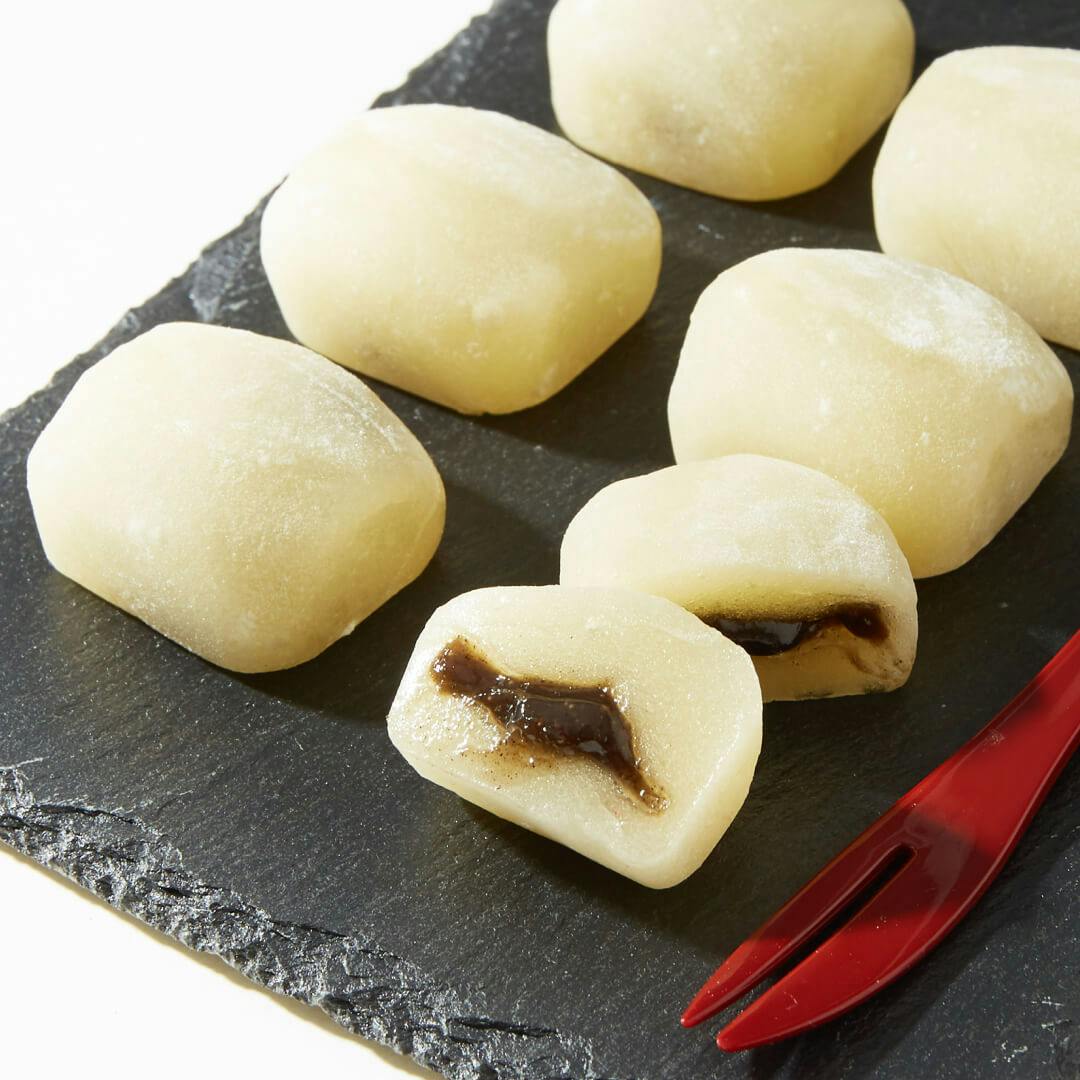
Daifuku
Daifuku is a type of mochi that has been stretched more thinly to envelop various sweet fillings—the most popular daifuku mochi in Japan is anko, red bean paste, and a fresh strawberry pairing. It’s an incredibly popular local street food in Japan, and the name itself translates to great luck.
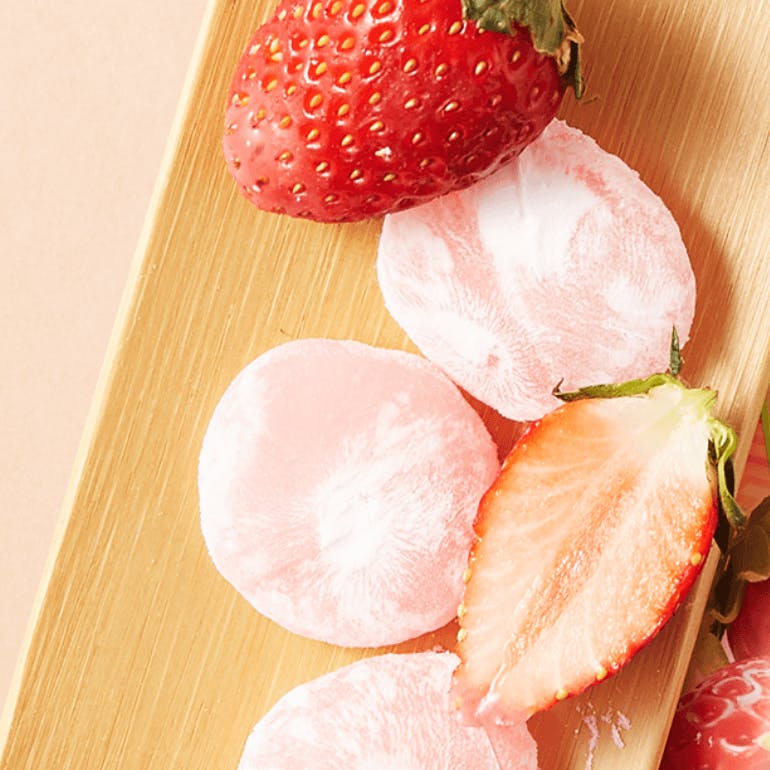
Dango
Dango mochi is a Japanese dumpling made from different types of rice flour. It is finished off into smaller round shapes before being served on skewers, usually three to five per skewer. Traditionally, dango is differentiated by its toppings, such as mitarashi, sweet soy sauce glaze, or anko dango
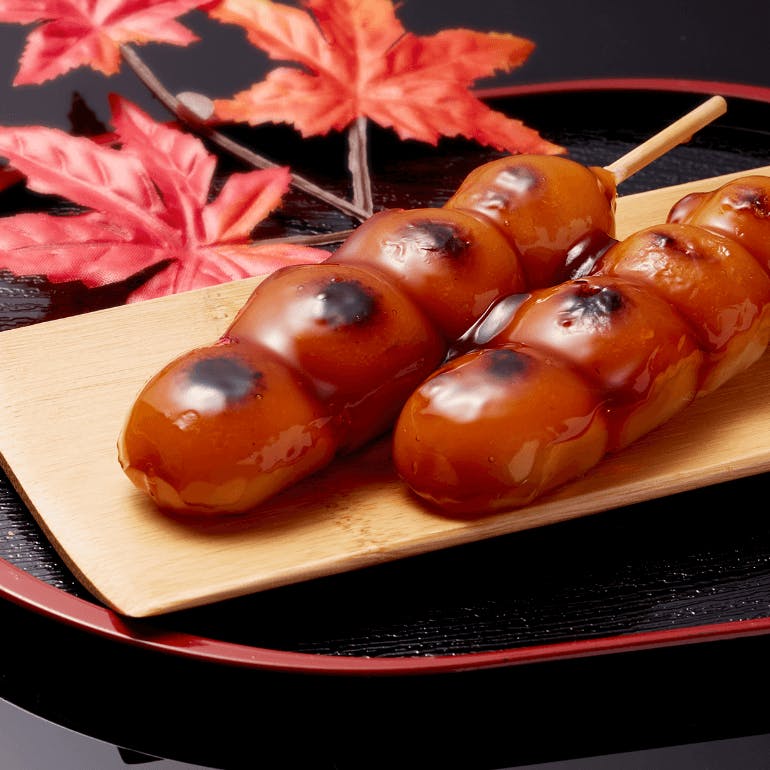
Kuzumochi
Kuzumochi is a traditional Japanese dessert made from kuzuko or arrowroot starch. It is served usually in a translucent, jelly-like form, most commonly topped with kinako sweet soybean powder and kuromitsu sugar syrup. Due to its lighter texture, it is often enjoyed as a summer treat in Japan.
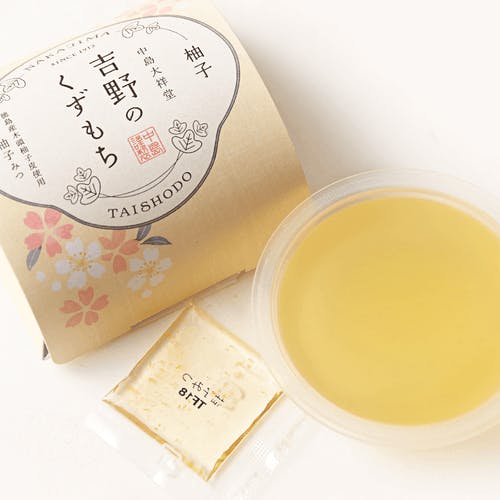
Uirou
Like mochi, uirou is made of glutinous rice flour and sugar. However, its texture differs from that of mochi in that it is more bouncy and holds a stiffer shape. Uirou usually comes in sweet flavors like matcha, azuki sweet red bean paste, and chestnut.
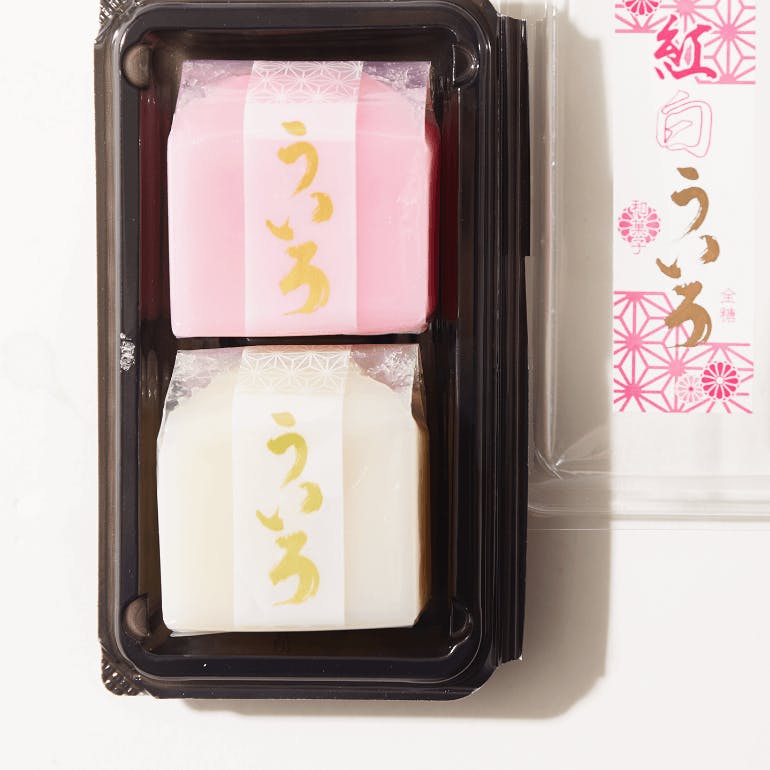
Ohagi and Botamochi
Ohagi, or botamochi, is a unique mochi that artisans shape into a small cylinder before coating it with red bean paste on the outside. While the red bean coating for ohagi mochi is unprocessed and served in the spring, botamochi’s coating is processed and served in the fall.
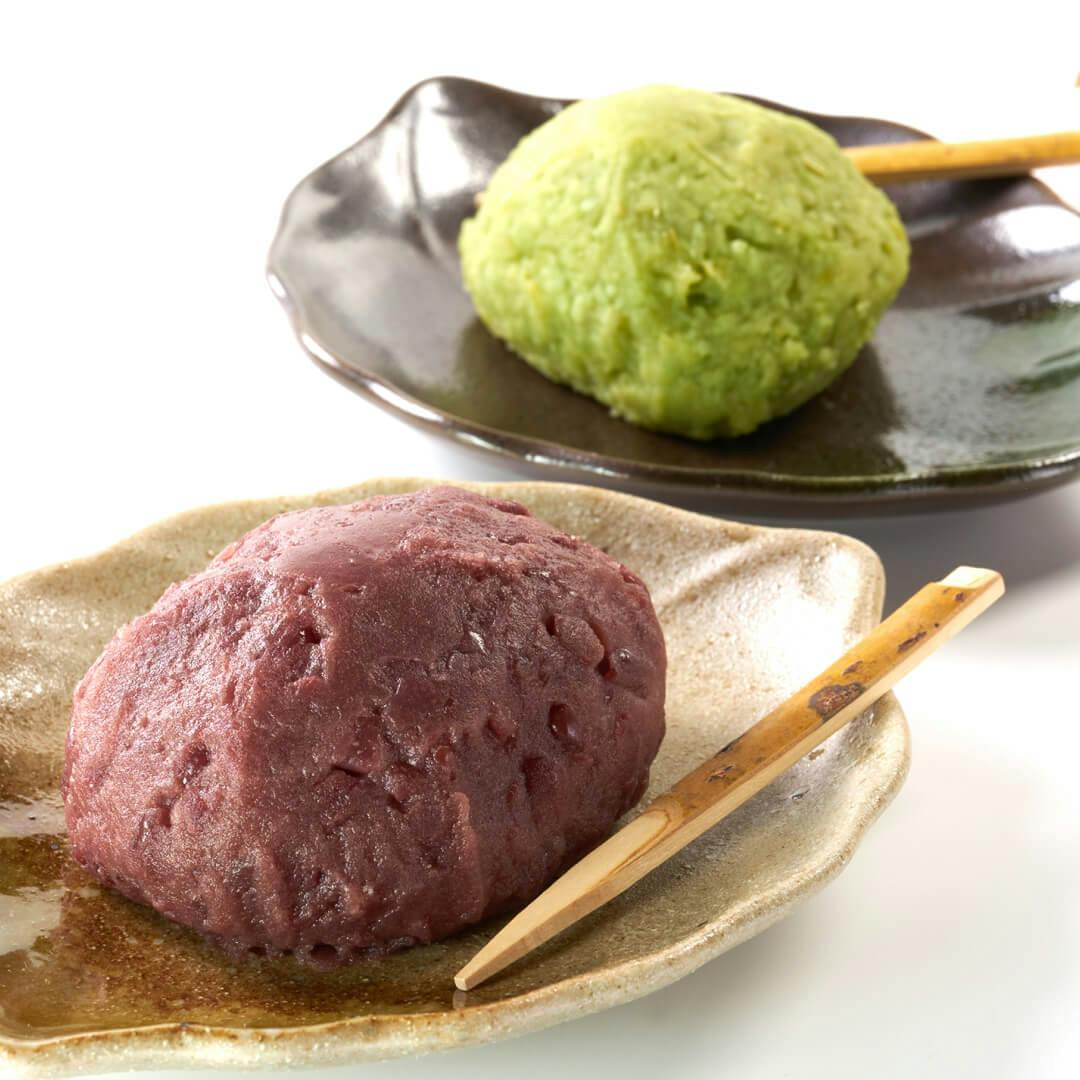
Anyone for mochi?
What kind of mochi will you get?
THIS MONTH’S THEME
Explore Other Categories




